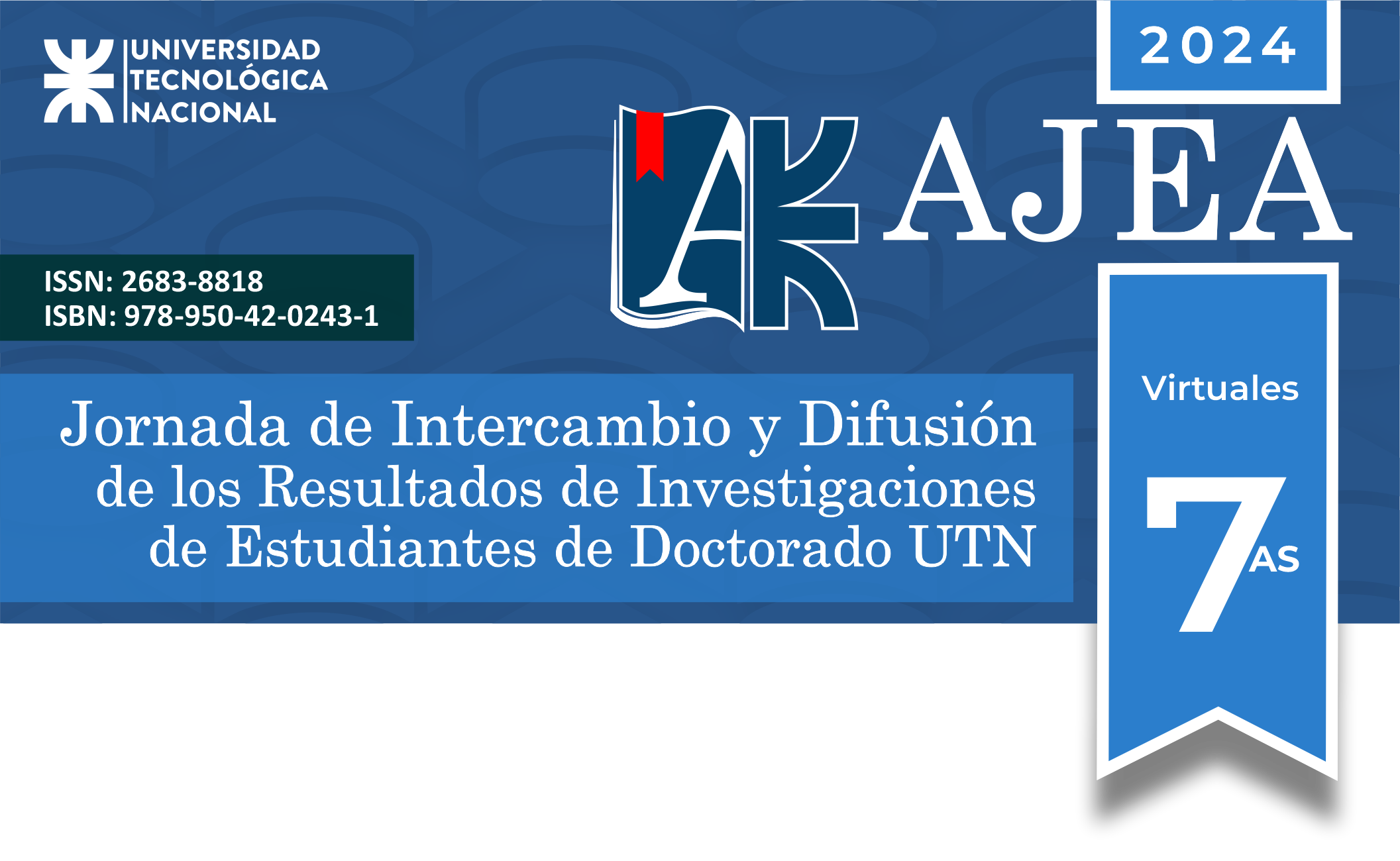Comparative analysis of the eNRTL model applied to seawater
DOI:
https://doi.org/10.33414/ajea.1692.2024Keywords:
Electrolyte-NRTL model, Physicochemical properties, Vapor-liquid equilibrium, Aqueous Brine solutionAbstract
Modeling an MSF-type desalination process with subsequent capture of carbon dioxide from its mineralization using concentrated seawater (brine) requires an adequate physicochemical representation of the intervening substances. As a first step, this work presents a mathematical model for estimating the liquid-vapor equilibrium of seawater at different salinities and temperatures. For this, the electrolyte non-random two-liquid (eNRTL) activity model was chosen to represent the liquid phase and an equation of state for the vapor phase. For a variety of salinities and temperatures, its equilibrium pressure was calculated and compared with reported experimental data. In the evaluated range, discrepancies of less than ±5% were obtained, improving the performance of the available correlations. It should be noted that this approach widens the application range and does not have limitations with respect to the temperature and salinity range of the solution. Its implementation in optimization software will allow a better analysis of the desalination and effluent treatment process in future works.
Downloads
Metrics
Downloads
Published
How to Cite
Conference Proceedings Volume
Section
License
Copyright (c) 2024 Jesús BIAIN, Doctorando; Nicolás SCENNA (Director/a); Juan Ignacio MANASSALDI (Codirector/a)

This work is licensed under a Creative Commons Attribution-NonCommercial 4.0 International License.










